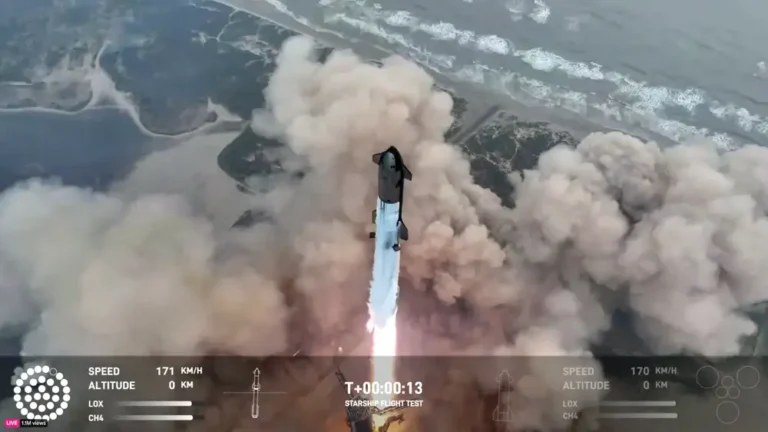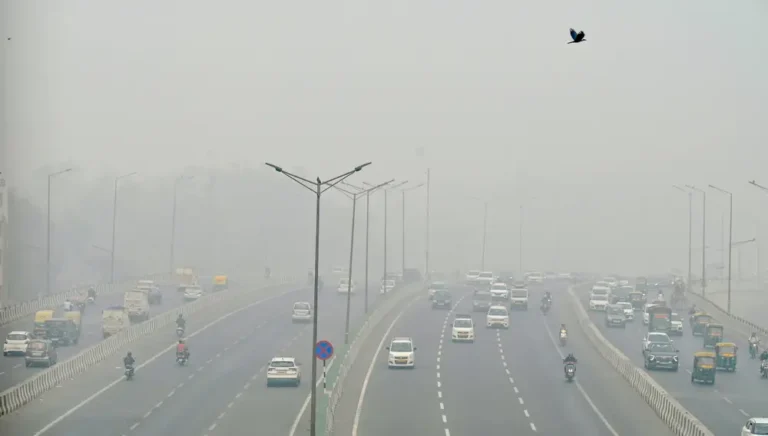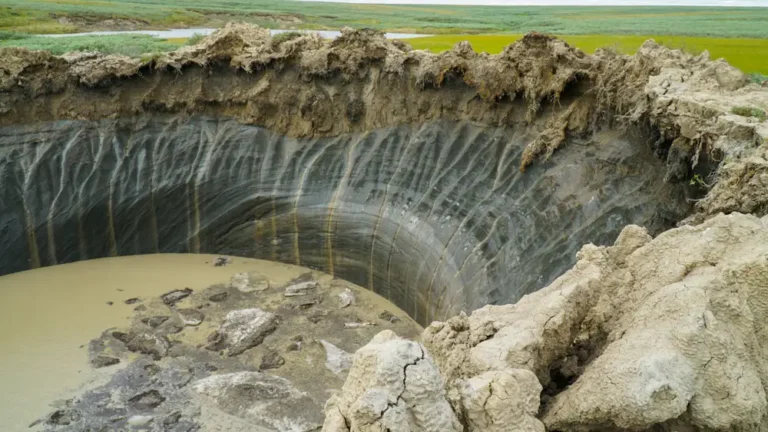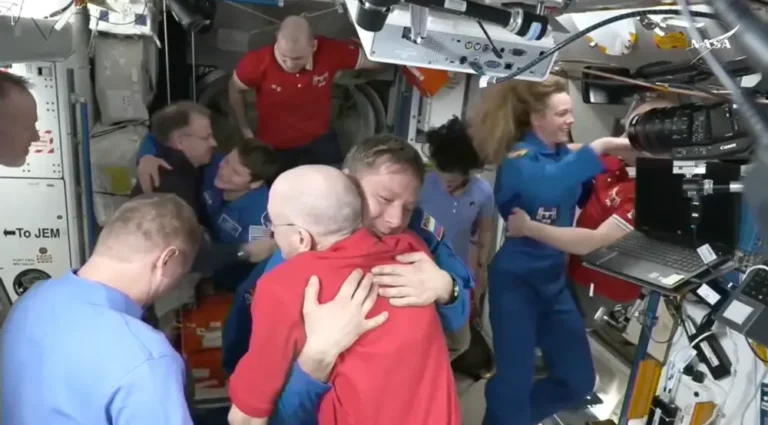NASA admits it’s been working with SpaceX on a backup plan to retrieve Boeing’s 2 stuck astronauts. It doesn’t sound ideal.

A SpaceX Crew Dragon vehicle approaches the International Space Station.
If Boeing and NASA can’t get their spaceship together, SpaceX may have to come to two astronauts’ rescue. The downside is the duo will be stuck on the International Space Station for about eight months longer than planned.
Astronauts Butch Wilmore and Suni Williams launched into orbit aboard Boeing’s Starliner vehicle on June 5. They were the spaceship’s first crew, and their test flight was supposed to last about a week.
Two months later, though, they’re still on the International Space Station. That’s because Starliner suffered thruster issues and a helium leak, causing NASA to postpone the astronauts’ return while engineers examined the issue.
NASA and Boeing are still working to ensure Starliner is safe for the journey home.

Boeing’s Starliner spacecraft docked to the International Space Station, as seen from a window on a SpaceX Crew Dragon.
But NASA has been keeping options open.
On Wednesday, the space agency finally admitted it has SpaceX actively working on a backup plan using its Crew Dragon spaceship.
A SpaceX save would leave the astronauts in space until February
The SpaceX spaceship has been reliably flying astronauts to and from the ISS since 2020, making it an obvious plan B.
But NASA officials have avoided talking about the Crew Dragon backup, until now.
Earlier, in a late July press conference about Williams’ and Wilmore’s predicament, NASA official Steve Stich said it was an option they could turn to if needed, but it was unclear if NASA was actively looking into it.
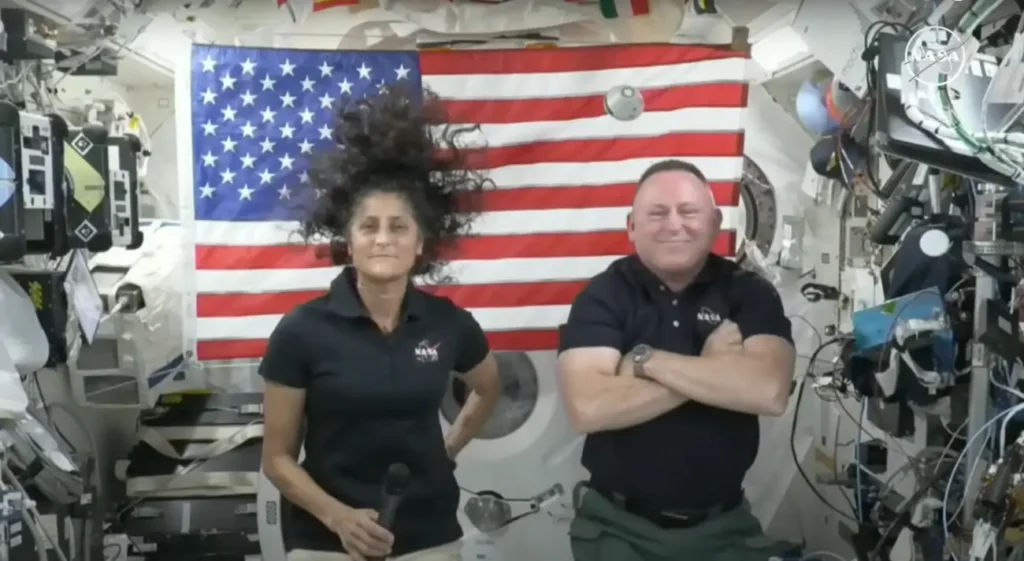
Suni Williams and Butch Wilmore on a call with journalists from the International Space Station.
“I would rather not go into all those details until we get to that time, if we ever get to that time,” he said in the July briefing.
Well, that time came this week, when NASA announced it was postponing SpaceX’s next astronaut launch to September 24 at the earliest — a delay of over a month.
“We have tried to buy ourselves a little bit of time to work various options for return,” Stich said in a briefing on Wednesday.
The move preserves the option of leaving the four-person Crew Dragon spaceship with two empty seats for Williams and Wilmore.
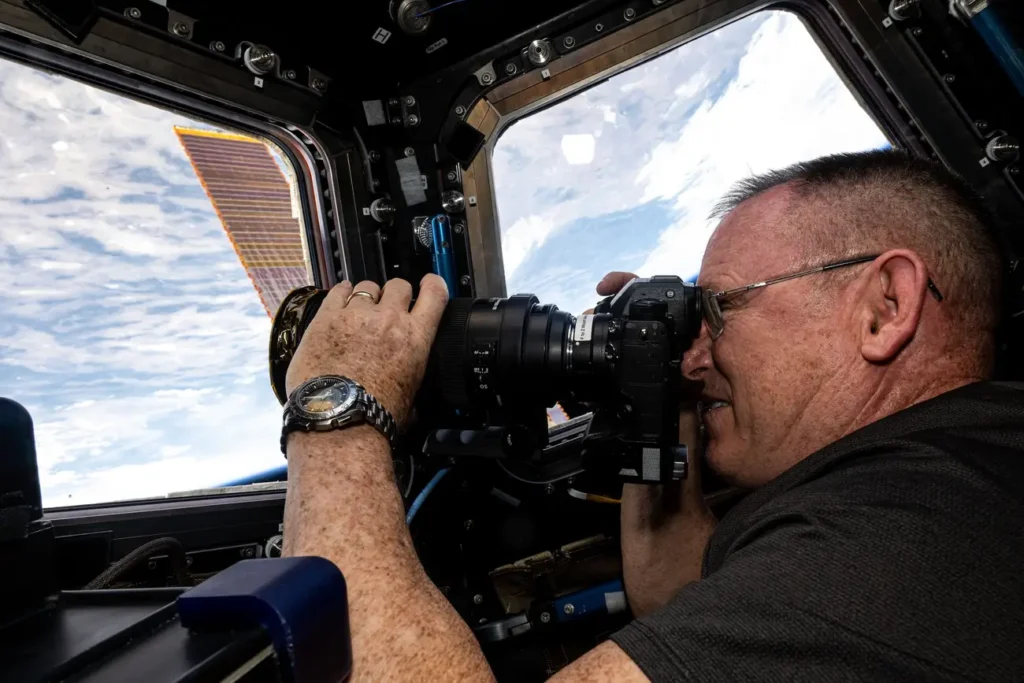
Butch Wilmore photographs Earth landmarks from the space station’s cupola.
The pair would essentially become members of that SpaceX mission, called Crew-9, and return aboard the Crew Dragon around February 2025 — about 8 months later than when Williams and Wilmore were scheduled to return.
If that happens, Boeing’s Starliner ship would undock from the ISS and fall to an ocean splashdown autonomously, with nobody on board.
NASA is weighing risks
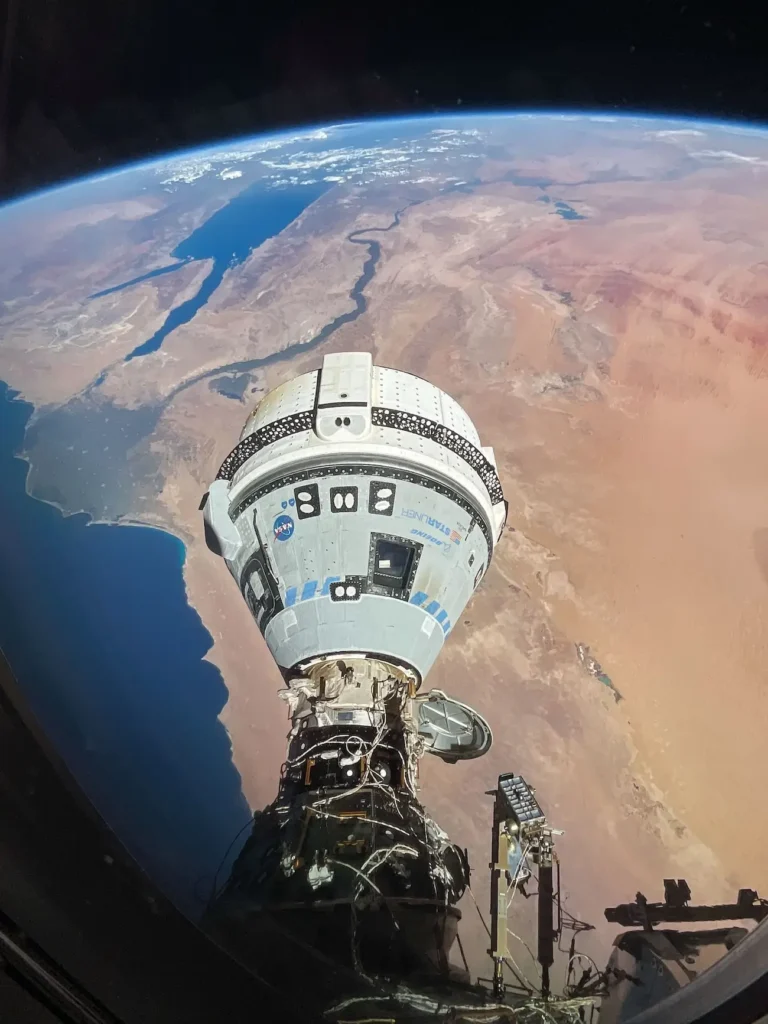
Boeing’s Starliner spaceship, which Williams and Wilmore flew on, docked at the space station 262 miles above Egypt.
Stich said NASA had been working out the details of this backup plan with SpaceX since early July.
They’ve set up the Crew Dragon to be able to fly to the space station with just two astronauts if needed, he said, and they’ve identified spacesuits that Williams and Wilmore could wear on the Dragon.
What’s left is configuring the vehicle and training the crew for the two-person option. Stich declined to say which of the four Crew-9 astronauts would be taken off the mission to make room.
“Our prime option is to return Butch and Suni on Starliner. However, we have done the requisite planning to make sure we have other options open,” Stich said.
The agency isn’t ready to decide yet, as engineers are still working to fully understand the “physics” behind Starliner’s problems, Stich said. However, he added, they’ll likely need to make the call by mid-August.
“Reasonable people could pick either path,” Ken Bowersox, the associate administrator of NASA’s Space Operations Mission Directorate, said in the Wednesday call.
“When we started this mission, it was a test mission. We knew that it potentially had a higher risk,” he added later in the briefing.
Now, with Starliner’s mid-flight technical issues, Bowersox said, NASA sees “additional risk” with “fairly broad” uncertainty. But taking the backup option with SpaceX has its own risks.
“We have to compare all those risks and we’ll weigh all that as we make our final decision,” he said.
2 astronauts caught in the middle

Wilmore and Williams inside the vestibule between the space station and Boeing’s Starliner spacecraft.
Starliner and Crew Dragon were developed on a similar timeline through the same NASA-funded initiative, called the Commercial Crew Program, which Stich oversees.
NASA has always insisted that the program wasn’t a competition. But if it was, SpaceX won by a landslide. Crew Dragon completed its first crewed test flight — the very test Boeing is struggling with now — four years ago, in 2020. SpaceX also did it for cheaper, costing NASA just $2.6 billion compared to Boeing’s $4.2 billion contract for Starliner.
Since overstaying their planned mission, Williams and Wilmore have only appeared in one brief press call in early July. The pair put on happy faces, said they were “absolutely confident” in Starliner, and did a couple flips in the station’s microgravity.
Stich said that Williams and Wilmore get daily or weekly updates on NASA’s testing and risk assessments.
“I think Butch and Suni are ready to do whatever we need them to do,” he said.



